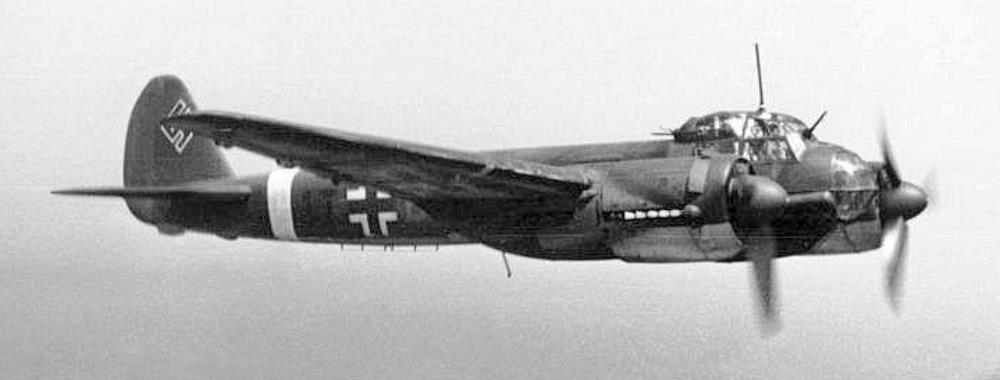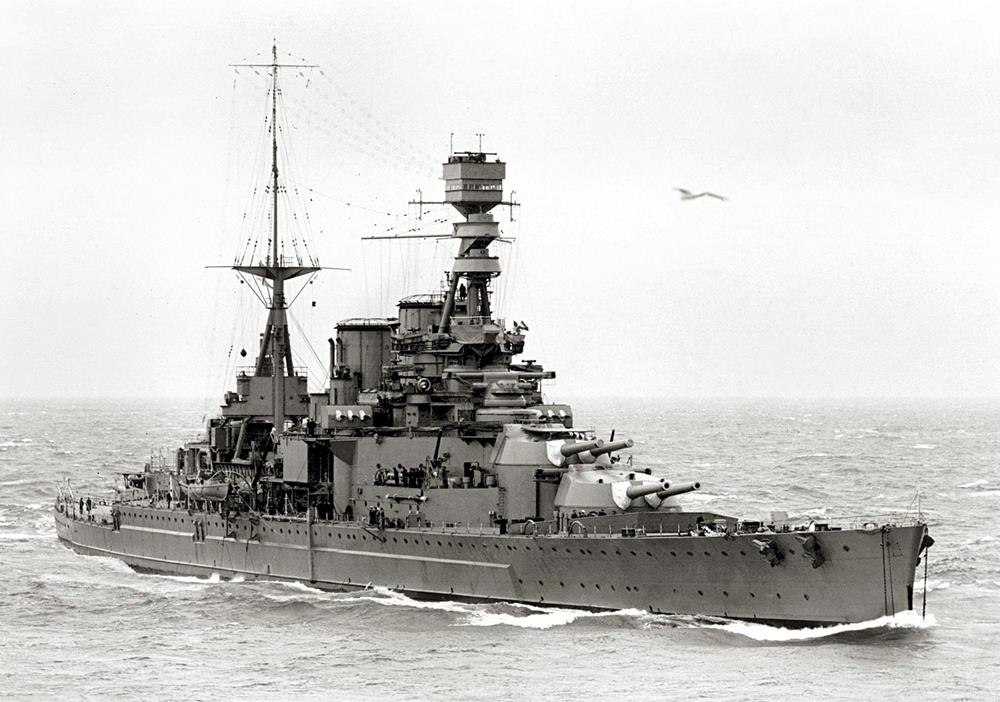First Air Raid of WWII – 8
Enemy Bombers
| < 7 The role of radar | Δ Index | 9 Recce by radio > |
At the Luftwaffe airfield on Sylt, in addition to the Heinkels of KG26, was the first wing of Luftwaffe Kampfgeschwader 30 Verband (1/KG30). [Kampfgeschwader = Combat squadron; Verband = Group] They were one of the first groups to be reequipped with the new and aptly named Wunderbomber, the Junkers Ju88 A-1. Originally proposed as an unarmed Schnellbomber [high speed bomber] it relied on superior speed to avoid interception by enemy fighters.
 Junkers Ju88
Junkers Ju88
By the outbreak of war the Luftwaffe had only twelve Ju88s in frontline service. Based at Jever they operated as 1/KG25 under their recently appointed Gruppenkommandeur Hauptmann Helmut Pohle who later led the raid on the shipping in the Forth on 16 October.
On 7 September 1939, the two Staffeln of KG25 were re-designated, becoming 1/KG30 which began a period of intensive training and familiarisation with their new aircraft prior to frontline operations. On the morning of 26 September 1939, nine He111s of 4/KG26 and four Ju88s of 1/KG30’s ‘readiness flight’, commanded by Leutnant Storp, carried out an unsuccessful attack on the Royal Navy aircraft carrier HMS Ark Royal. Storp would feature prominently in the events of 16 October.
With the failure of the raid against Ark Royal, Pohle was summoned to attend a high level meeting in Berlin where Goring told the Gruppenkommandeur of I/KG30:
“Pohle, we have got to have success. There are only a few English ships making things difficult for us. The Repulse, the Renown, perhaps the old Hood as well. And, of course, the carriers … once these are out of the way, the navy’s Scharnhorst and Gneisenau will dominate the seas out to the Atlantic Ocean.”
With Pohle’s assurance to Goring that his crews were ready and lacking only the opportunity, it was agreed that 1/KG30 should move to Westerland on the island of Sylt. The unit had only to wait a week.
On 15 October a reconnaissance He111 of KG26 spotted a British battlecruiser, believed to be HMS Hood off the east coast of Scotland. Early the next morning she was again sighted about to enter the Firth of Forth. It should be noted at this stage that what was believed to be the Hood was actually HMS Repulse.
Pohle was 32 and a veteran who had previously served as General Staff Officer at the Air Ministry in Berlin, had seen combat in the Spanish Civil War and had test-flown the Ju88 at Rechlin.
His ability was highly rated and it was hoped his appointment would bring the Luftwaffe its first crucial success. According to Pohle:
On 16 October, 1939, HMS Hood was on her way to Rosyth in the early hours of the morning, and being shadowed by German maritime reconnaissance. At 8 a.m. I got the order to attack the Hood, but only on sea. The order was quite definite. Do NOT attack when she is in dock.
 HMS Hood
HMS Hood
 HMS Repulse
HMS Repulse
| < 7 The role of radar | Δ Index | 9 Recce by radio > |
top of page
